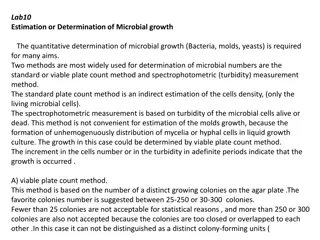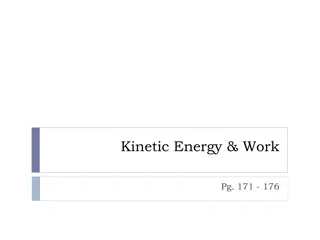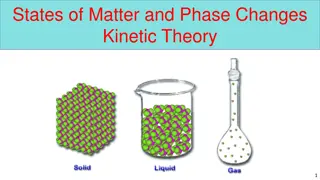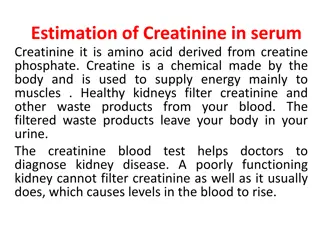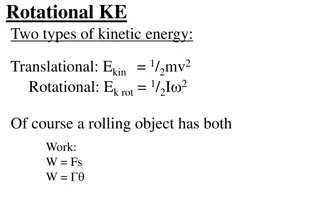
Quantitative Determination of Creatinine in Serum by Colorimetric Kinetic Method
Creatinine is a waste product excreted by the kidneys, crucial for muscle function. Learn about its clinical significance, measurement methods, and the principles behind creatinine testing. Understand why elevated creatinine levels may indicate renal issues while low levels are uncommon.
Download Presentation

Please find below an Image/Link to download the presentation.
The content on the website is provided AS IS for your information and personal use only. It may not be sold, licensed, or shared on other websites without obtaining consent from the author. If you encounter any issues during the download, it is possible that the publisher has removed the file from their server.
You are allowed to download the files provided on this website for personal or commercial use, subject to the condition that they are used lawfully. All files are the property of their respective owners.
The content on the website is provided AS IS for your information and personal use only. It may not be sold, licensed, or shared on other websites without obtaining consent from the author.
E N D
Presentation Transcript
Exp8 Creatinine Quantitative determination ofcreatinine in serum or heparinized plasma or urine by a colorimetric Kinetic method
Definition Creatinine an anhydride of creatine, is a waste product excerted by the kidneys &it s is an important part of muscle.
Creatine Most of it is found in muscle tissues where it is present as creatine phosphate and serves as a high energy storage reservoir for conversion to ATP. Independent of diet, serum creatinine concentrations depend almost entirely upon its excretion rate by the kidneys. For this reason its elevation is highly specific for kidney diseases
Creatinine Level of its vary according to a person's size and muscle mass. Females usually have a lower creatinine than males. Three types to measure glomerular Filtration Rate(GFR): A)Blood creatinine level. B)Creatinine clearance test (Levels of 24-hour urine creatinine are evaluated with blood levels as part of a creatinine clearance test. C)Blood-urea nitrogen: creatinine ratio
Clinical significance Elevate creatinine level may be indicative of renal problems. Low blood levels of creatinine are not common
Principle Alkali Creatinine + picric acid creatinine-picrate complex Yellow-Orange The rate of formation of color is proportional to the creatinine concentration in the sample. *specimen: 1. Serum, heparinized plasma or urine (dilute 50 times) i.e. 1ml urine + 49 ml water.
Procedure Std 1 Test 1 W.R -ml Prewarm at 25c,or 37c for 2 minutes and add: Std- l Sample- l After exactly 20 seconds read and record absorbance Al against D.W at 505 nm. At exactly 60 sec after the Al, read and record the absorbance A2 and determine A. 100 --- --- 100
Calculation A sample X conc. Of Std 1.5mg/dl= Cr (mg/dl) A Std Normal Range: Serum Male: 0.6-1.2 mg/dl Female: 0.5-1.0 mg/dl
Limitation -Albumin at a concentration of 10.0 g/dl contributes 0.2 mg/dl to the creatinine value. -Creatinine level will elevate with: moderate hemolysis (0.2 g/dl Hgb) sample grossly icteric sample lipemic sample -Acetoacetate above 10 mg/dl will interfere with the results


